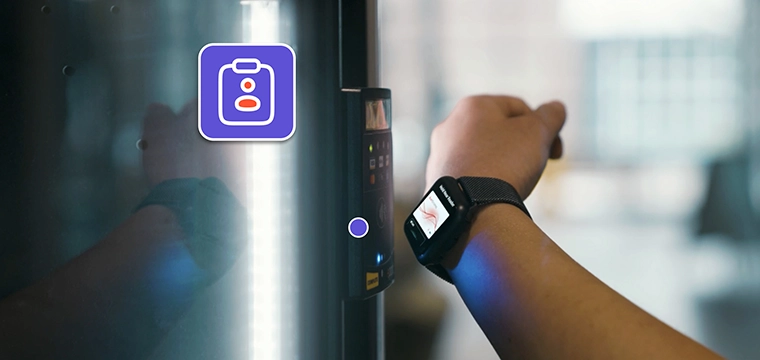More than 80,000 cards have been issued since the University of Waterloo (UW) initiated its WatCard program in 1993. Since then, a string of successful system additions–including the current rollout of the card within the public transportation system–has kept the system at the forefront of campus card technology in Canada and beyond. UW is located in the heart of southwestern Ontario, an hour west of Toronto and an hour and a half northwest of Niagara Falls. Founded in 1957, it has more than 20,000 undergraduate students, 2,000 graduate students, and 1,700 faculty and staff.
With more than 100 companies tracing their roots to the University of Waterloo, the institution has become the Canadian leader in technology transfer. This gives the WatCard program a lot to live up to. Waterloo’s campus card system vendor, General Meters, gives the WatCard office high marks. “The University of Waterloo WatCard office under the direction of John Cunningham embodies the essence of entrepreneurial team spirit,” says Jeff Zander, Vice President of General Meters. “When they started, the campus had 38 different cards in use. Their goal was to provide students with a truly integrated single ID card. They have been phenomenally successful, and the campus now enjoys the reputation of having one of the most advanced single card, single vendor on-line card programs in the world.”
The card functions for student identification; access to buildings and the physical activities complex; authorization for dining and library services, as well as payment capability for vending, photocopy, printing, bookstore, on-campus retailers, off-campus merchants, and taxi service. UW has recently increased to 80 the number of doors controlled by card readers. There are 325 card readers in the system, including 40 point of sale terminals that also allow for value to be added to the card. At 14 off-campus vendors, students can use their card for purchasing. Two separate accounts are utilized:
(1) meal plan money, and
(2) flexible spending money for use in the bookstore, computer store, vending, photocopies, washers, dryers, etc.
How does the Watcard team make strategic decisions that increase the convenience and flexibility to their campus card users? By remaining actively committed to their campus card community. Mr. Zander states, “they actually ask students, staff and the community what their WatCard does NOT do in order to learn how they might better serve their customers.” One thing they learned was that the students wanted to usetheir WatCard in local taxi cabs. An alliance was formed between UW, neighboring Wilfrid Laurier University, General Meters, and Digital Dispatch to add 64 terminals to local taxis enabling real time debiting of student ID cards. (It is estimated that a third of UW students use public transportation (taxi/bus) as an alternative to personal vehicles).
In addition to the taxi’s card readers being another convenience to students, the card office simultaneously shares the benefits of this alliance. John Cunningham, Manager Watcard Office, explains, “currently (without the Watcard) students sign a chit in the cab and the driver turns in these chits at the end of their shift. They are manually processed the next day. If the student does not have funds available for the taxi ride, we have to contact them to collect payment. (Using the WatCard), the transactions will be processed real-time in the cabs.”
The expansion of this service from cabs to city buses is currently being investigated. Mr. Cunningham believes this would, ”encourage greater use of public transportation and decrease personal vehicle dependency. This would be additional income for the local transit system, allocating the means for improving services, especially the convenience of routes that have significant student use.” Additionally, it could help alleviate traffic congestion around the university and help with environmental issues.
“If I knew in 1992 what I know today the decision to purchase the card system would have only taken the time to sign the contract,” says Mr. Cunningham. “The only caveat I have is that the overall responsibility for the system must be yours. General Meters or any other vendor will provide you the software and hardware but you must have the right team to implement the project and make it work.” Based on the continuing successes of the WatCard program, it seems that the University of Waterloo certainly has the right team.




